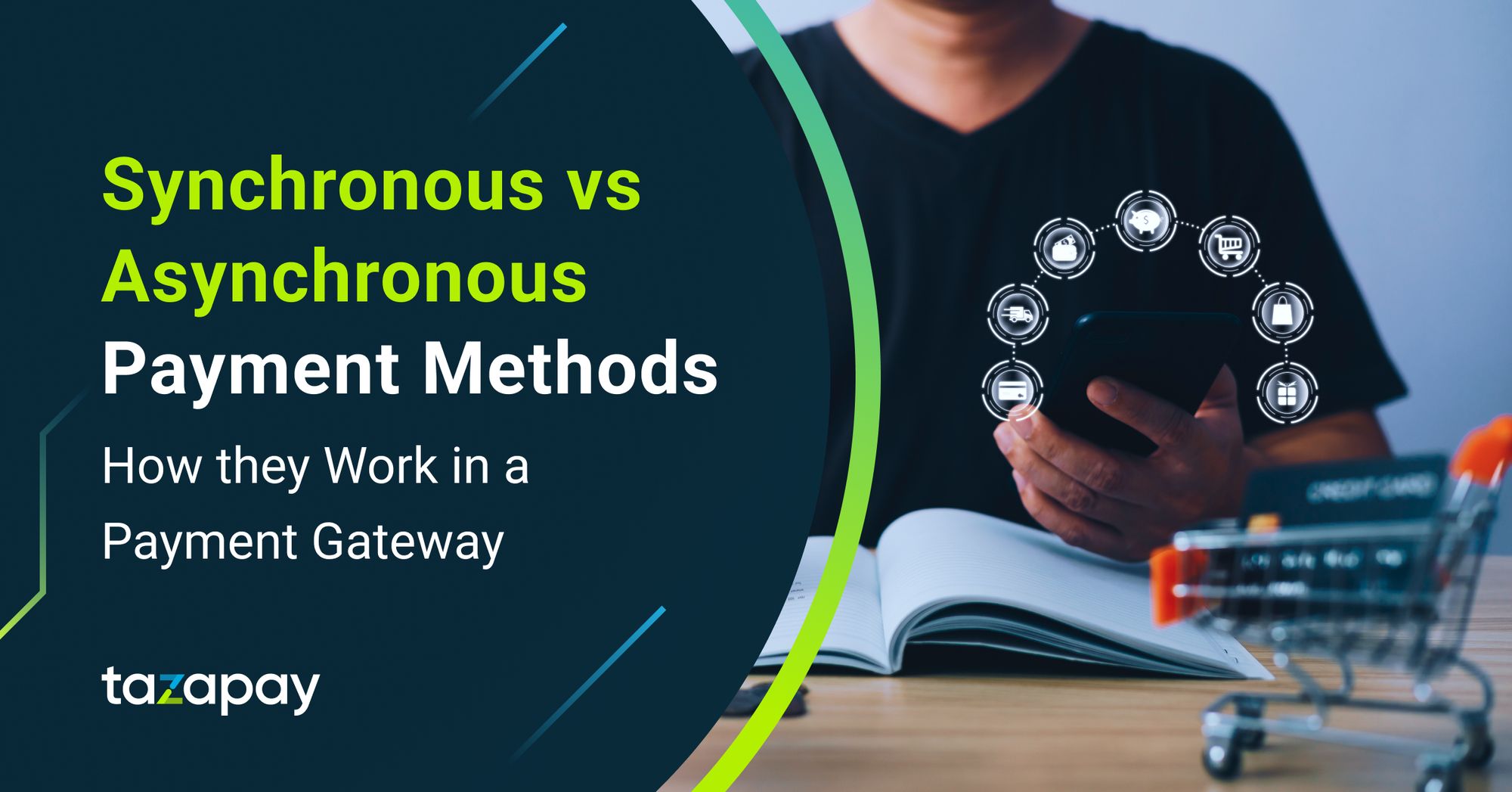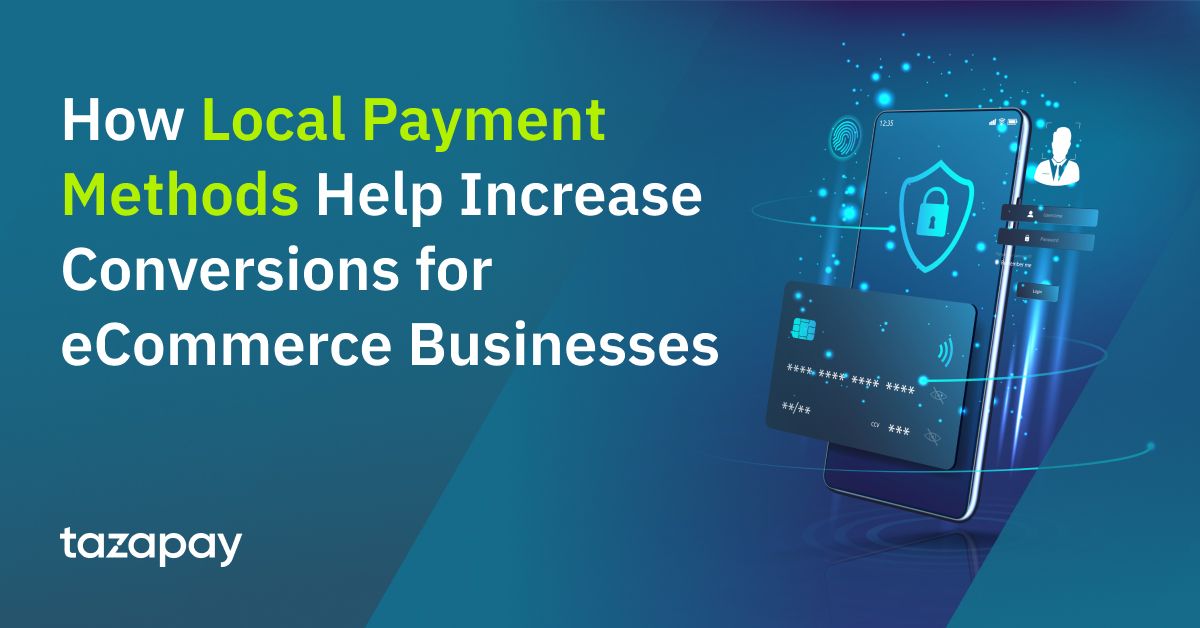- Home
Blog Blog
Payments Resources Payments Resources
How Having Local Payment Methods Can Reduce Fraudulent Chargebacks on Your eCommerce Business
How Having Local Payment Methods Can Reduce Fraudulent Chargebacks on Your eCommerce Business
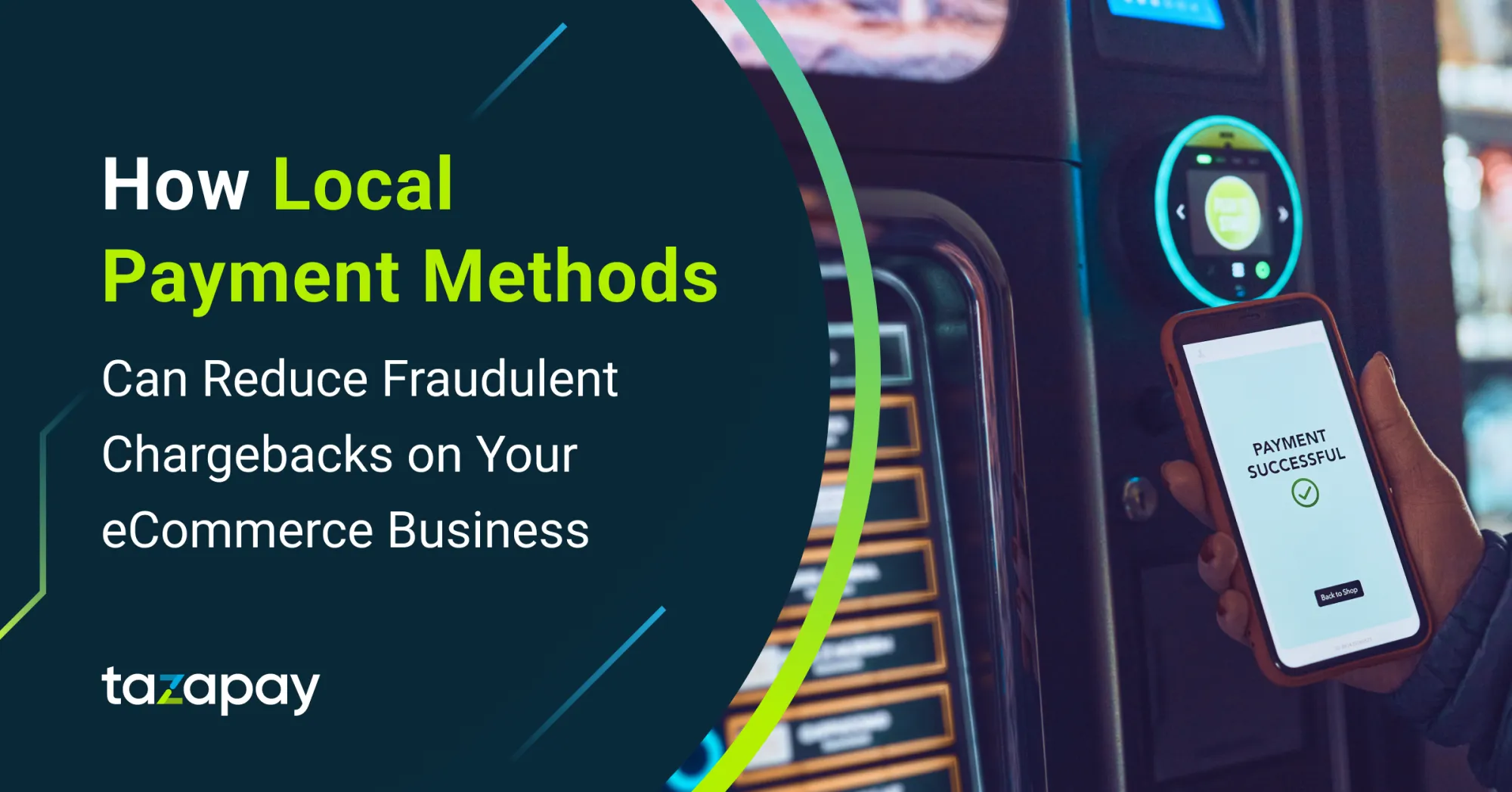
Chargebacks are an unavoidable part of conducting business as there will always be disputes that arise between yourself and your clients. There are several ways that you can reduce the likelihood of being on the receiving end of a chargeback but it is important to note that it is impossible to “chargeback-proof” your eCommerce business since they are an essential part of consumer protection in the event of dissatisfactory or failed service or delivery on your part.
That being said, not all chargebacks are genuine. Fraudulent chargebacks, also known by the oxymoronic term, “friendly fraud”, is when a client or customer requests a chargeback without a valid reason to do so¹. In such a situation, having fraud prevention measures such as 3D-Secure will be of little use since chargebacks are not a security-based matter. However, it is possible to mitigate the risk of fraudulent chargebacks by making use of local payment methods. How does it work then?
What are Chargebacks?
To understand why fraudulent chargebacks are so difficult to circumvent, it is crucial to know what chargebacks even are to begin with. Chargebacks are charges that are returned to a payment card after a customer or client successfully disputes an item on their transactions report or account statement². When a chargeback is initiated, the cardholder’s bank usually gets involved to resolve the issue, more often than not siding with the cardholder². It would be a mistake to think of chargebacks as a kind of refund since they cost much more than simple refunds to the merchant¹. Not only does the cardholder keep any merchandise shipped, but the merchant must also pay additional chargeback fees, lose overhead costs, and have their time wasted fighting invalid charges, which also cost more money². Those are just the more immediate consequences of chargebacks without getting into the potential long-term threats such as losing processing capabilities if the merchant exceeds acceptable limits on chargeback ratios².
Why Chargebacks Happen
As mentioned earlier, chargebacks happen when a customer makes a successful dispute. This means that like any dispute, a chargeback can happen for any number of reasons, which therefore makes fraudulent chargebacks incredibly difficult to prevent. This is where the term, “friendly fraud”, comes in since most of the causes of this type of fraud technically do not fall under the category of fraud at all, let alone intentional¹. These instances are known as accidental chargeback abuse as the initiator usually has no malicious intent behind them. It can be difficult to differentiate between unintentional chargeback fraud and deliberate chargeback fraud but here are the indicators that set them apart:
- Intent and Understanding: Sometimes a cardholder does not mean to initiate a chargeback and genuinely does not understand the process for returning a product or the merchant’s return policy is confusing. Other times, the purchase might be made by the cardholder’s children or dependents without their knowledge or consent, leading to the cardholder initiating a chargeback to avoid honouring the charges.
However, a chargeback is deemed deliberate fraud when the cardholder fully intends to attain the merchandise for free, exploiting the chargeback process to do so². This is also known as a form of cyber-shoplifting. - Buyer’s Remorse: Occasionally, a cardholder might experience buyer’s remorse for whatever reason but choose to contact their bank rather than the merchant they bought the product from instead. This is different from where a cardholder fails to return an item within the given timeframe but opts to keep the product and initiate a dispute instead since the former sincerely regrets their purchasing decision.
- Nonrecognition of Billing Statement: A common occurrence of accidental chargeback fraud happens when a cardholder does not recognise the charge on their billing statement, or has forgotten about making the purchase. This is usually found in any good or service with a recurring fee since the probability of a user having forgotten about it is higher.
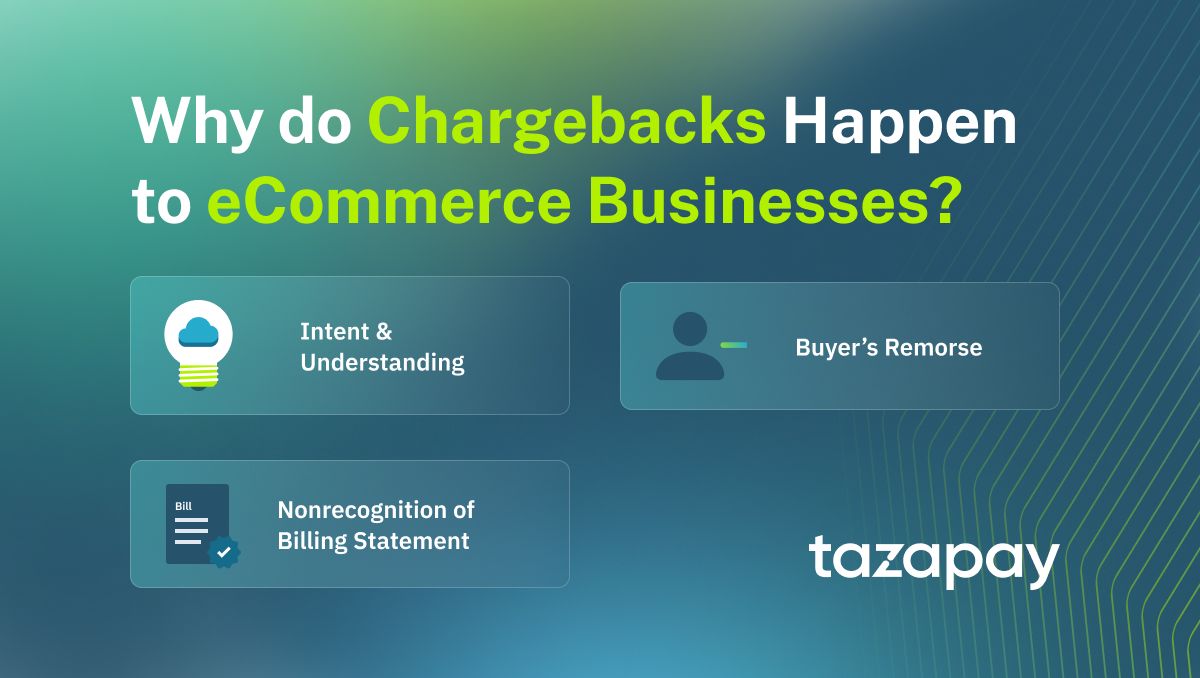
Which Payment Method is Most Affected by Chargebacks?
Card payments are easily the most affected by chargebacks, seeing as how they are a dispute process unique to card payments, credit or debit⁴. This is handily proven by the fact that chargebacks are specifically initiated by cardholders, and that the chargeback initiation process itself involves going through the cardholder’s bank rather than the merchant directly.
How Local Alternative Payment Methods (APMs) Can Reduce Chargebacks
Local alternative payment methods, or APMs, can help reduce chargebacks by a varying degree, ranging from greatly reducing the risk of chargebacks to outright being unaffected by them. The latter is especially true with regards to payment methods that do not make use of any card-based payment rails such as local bank transfers, bank redirects, and e-wallets. In any case, it is good wisdom to always have multiple localised payment methods anyhow since it also helps with decreasing checkout abandonment, among others.
Now that you know more about using local payment methods to protect yourself better from fraudulent chargebacks, you may now conduct your eCommerce business at greater ease. However, if you’re still unsure, why not opt for a secure and robust payment gateway like Omoney which not only boasts access to more than 175 markets, but over 80 of them are fully localised.
Sources
- Friendly Fraud: The 2023 Guide to Stop Chargeback Abuse (chargebacks911.com)
- What Is a Chargeback? Definition, How to Dispute, and Example (investopedia.com)
- There’s Nothing Friendly About Chargeback Fraud! (chargebacks911.com)
- What Is a Chargeback? Definition, How to Dispute, and Example (investopedia.com)

Payments Resources
How Having Local Payment Methods Can Reduce Fraudulent Chargebacks on Your eCommerce Business
Related Articles
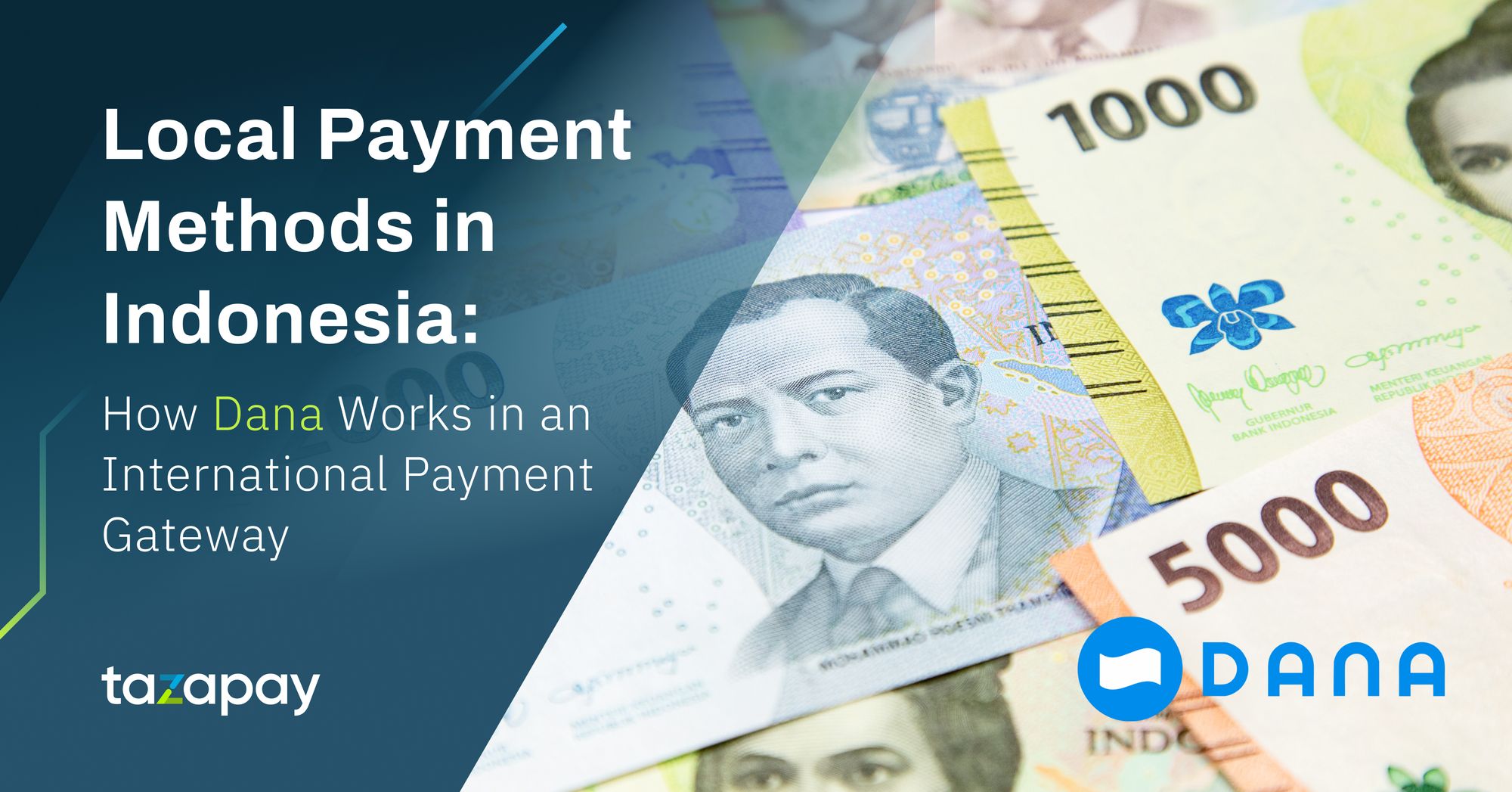
Local Payment Methods in Indonesia: How Dana Works in an International Payment Gateway
